Every year more than 179 million tons of fish are being produced and 156 million tons of that production is used for human consumption. In one way or another, a large portion of the human population is reliant on the fishing industry [1]. To meet the demand of the ever-growing population, several methods have been utilized to catch fish shoal and the school of fishes. One of the most detrimental ways of catching these shoaling fishes is blast fishing.
Blast fishing ensures a large harvest but at the cost of degradation of the underwater habitat. Even though for the fishermen the target is the large fishes, this process also kills the small fishes and marine species [2,3,4,7,6]. This destruction of underwater habitat and marine lifeform leads to the extinction of many species and coral habitat.
Many countries have already made blast fishing illegal but the ease of available materials to produce explosives, lack of proper regulation, and most importantly basic needs and poverty has made it difficult to control this illegal fishing method [5-8]. Due to the destructive nature of this fishing method, hundreds of years of coral growth is being diminished in seconds. As a result, fishes and other animals are losing the habitat, fish eggs and larvae are dying and the underwater ecosystem is losing their natural feeding and mating environment. It is a very negative impact also in the sense that in future there will not be enough food and habitat for the fishes to reproduce and eventually that will lead to more drastic methods of fishing until there is no place to fish anymore and that will happen very quickly if we do not take any measures soon [2,4].
When an explosion occurs, a pressure wave passes through the sea, within a few meters of the area the strength of the shock wave is very high and within this radius, it kills most of the living creatures. The fishermen normally target the school of fishes, the shockwave of the explosion ruptures the swim bladder along with damaging the other internal organs. The dead and injured fishes either floats on the surface or sink to the bottom of the reef [2-4] and become easy prey to the fishermen.
This method of destructive fishing is not only harmful to the underwater habitat but also for the people whose life revolves around it. Excessive fishing in one area will essentially lead to the decline of the growth of new fishes and eventually, that will cause lots of fishermen to lose their jobs. The Fishermen using their homemade explosives also suffer from the lack of knowledge of preparing explosives property, often they lose their limbs due to the unsafe handling process of explosives [9-11]. The chemicals used in these explosives are making the water more polluted and that leads to various health issues. That is certainly creating a negative impact on tourism and ultimately that is affecting the economy [3,6].
Blast fishing or dynamite fishing has been going on for decades. North Korea, Hong Kong, Malaysia, Japan, USA, Papua New Guinea, Philippines, Palau, etc. countries have reported the event of blast fishing as early as 1900. During and after world war I and II, soldiers inspired local habitants to use explosives to catch fish and after the war ended, the local people used the abundant leftover explosives to catch fish and also educated themselves to make their version of explosives [5,6]. Mixed fertilizer with kerosene or diesel essentially creates ammonium nitrate, a very easy to prepare explosive. Plastic bottle, waterproof fuse, and cheap detonator, everything all together cost around the US $3, which can be earned back with only 10 minutes of fishing [14-16]. Acoustic data collected from one research shows that, only in Tanzanian’s coastal area, daily 318 confirmed blasts occurred within 31 days in March and April 2015 [7]. Around 70 million people’s livelihoods are married to the coastal area of the Philippines. The country’s coastline shapes around 18,000 km and coastal...
Read more » ifthekhar ahammad
ifthekhar ahammad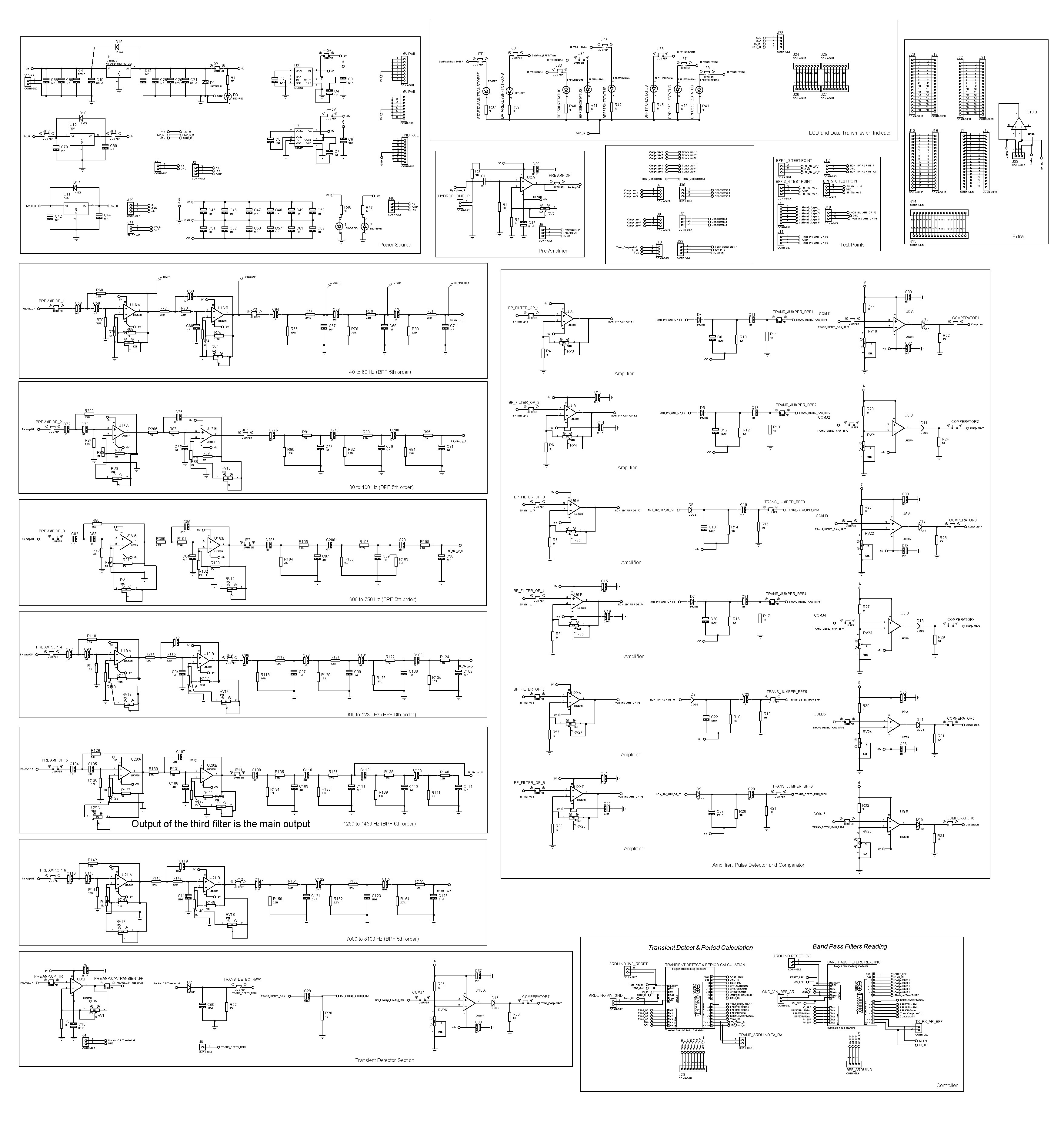
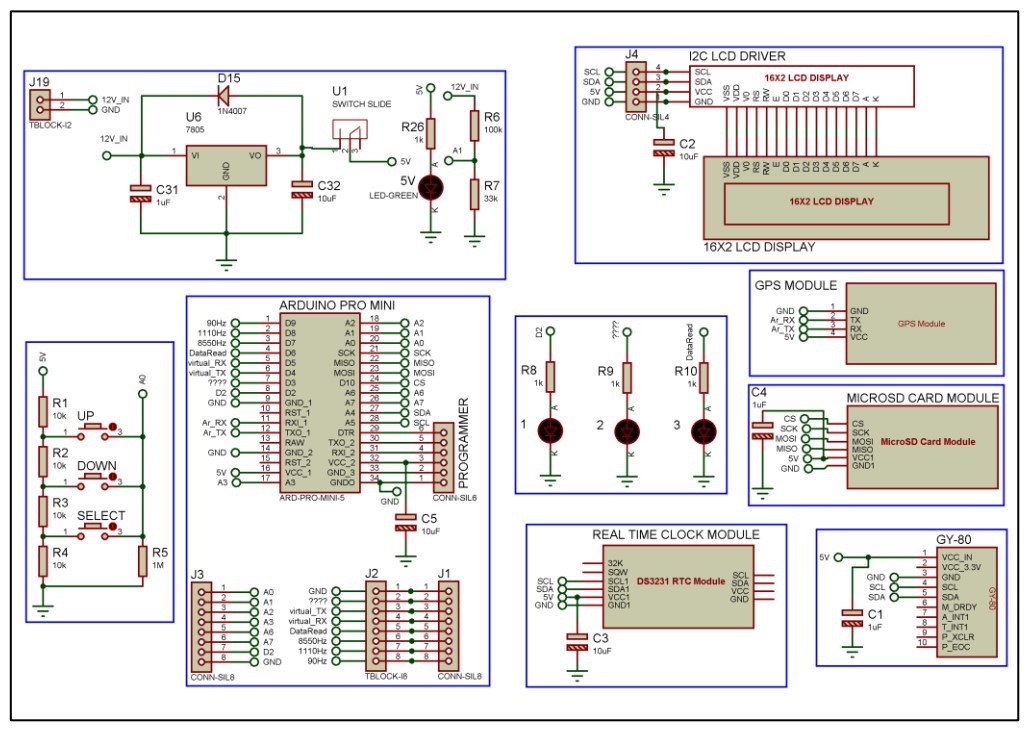
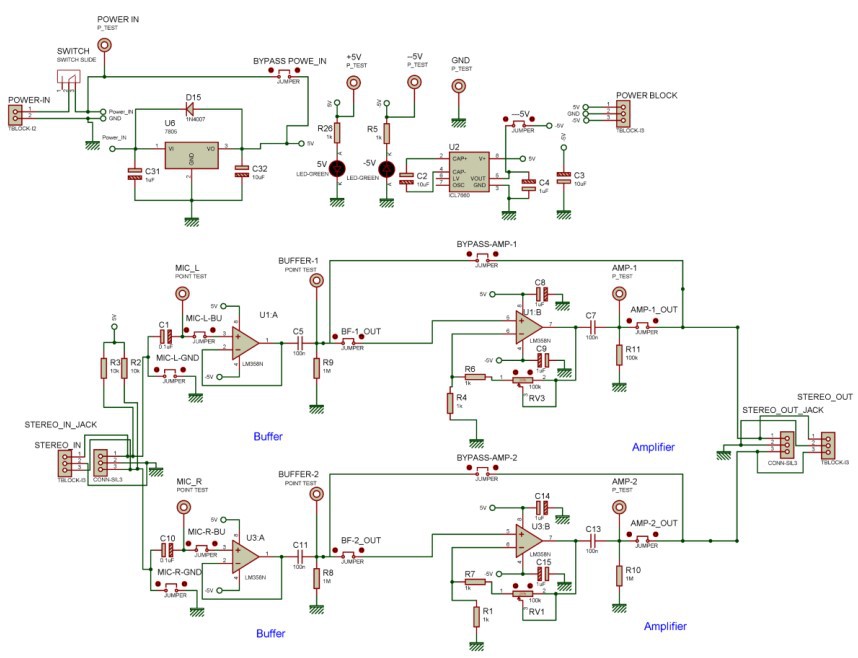
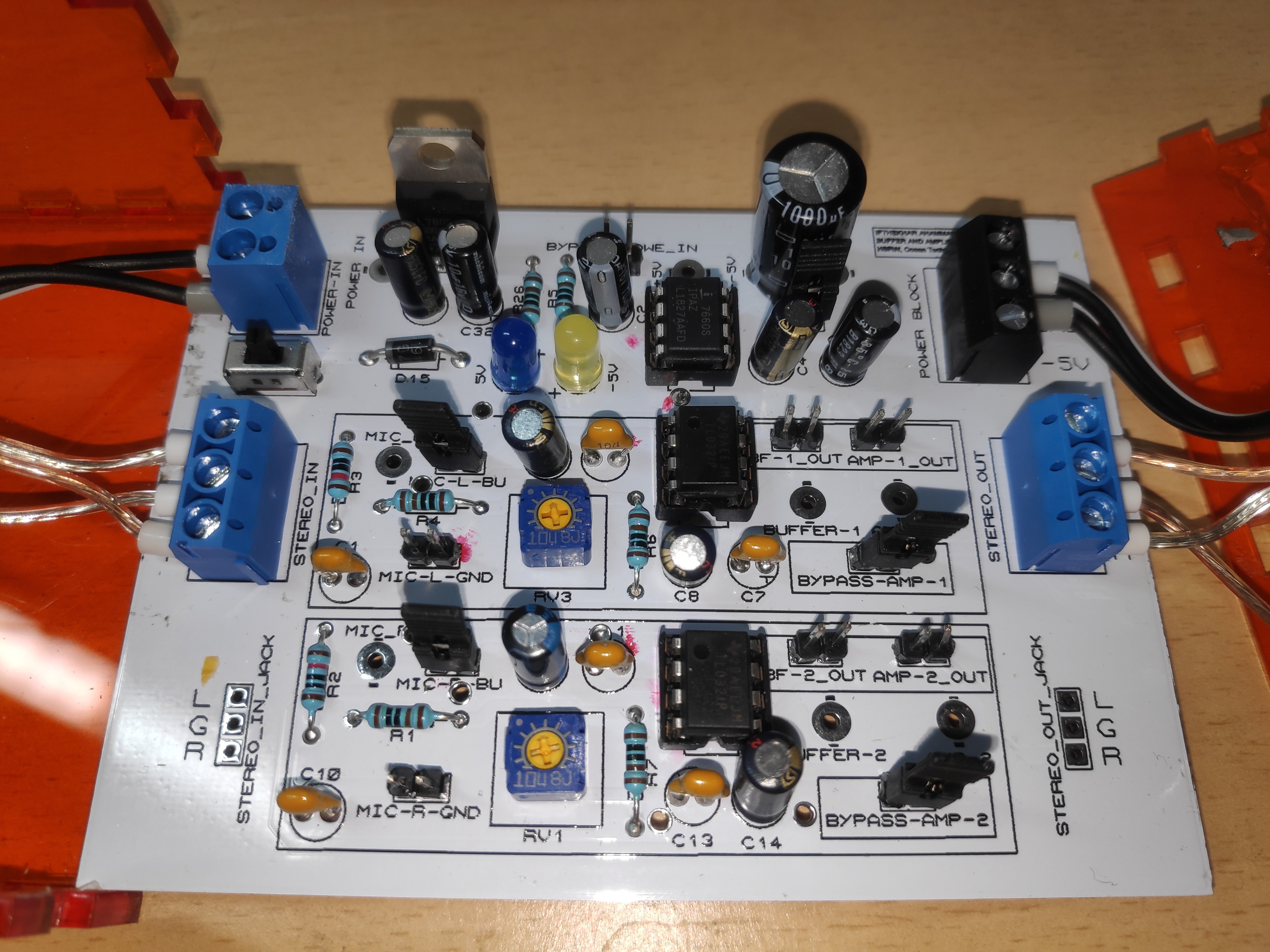
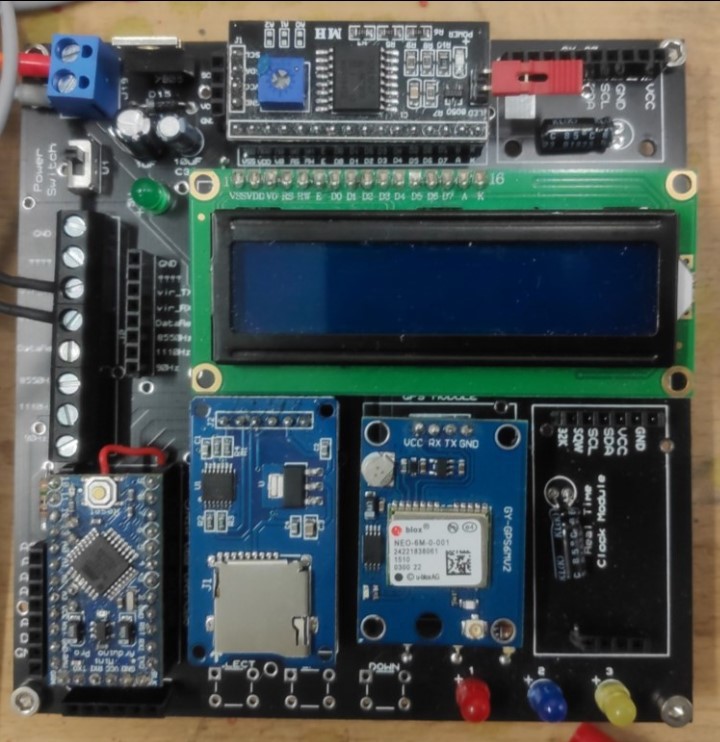
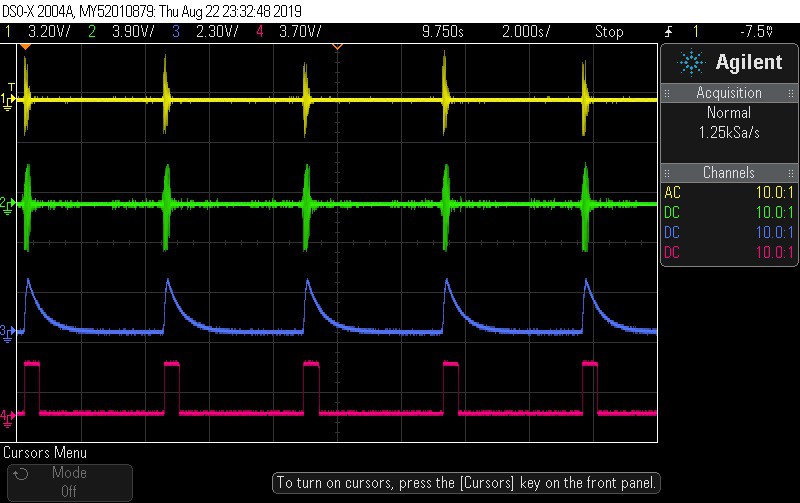
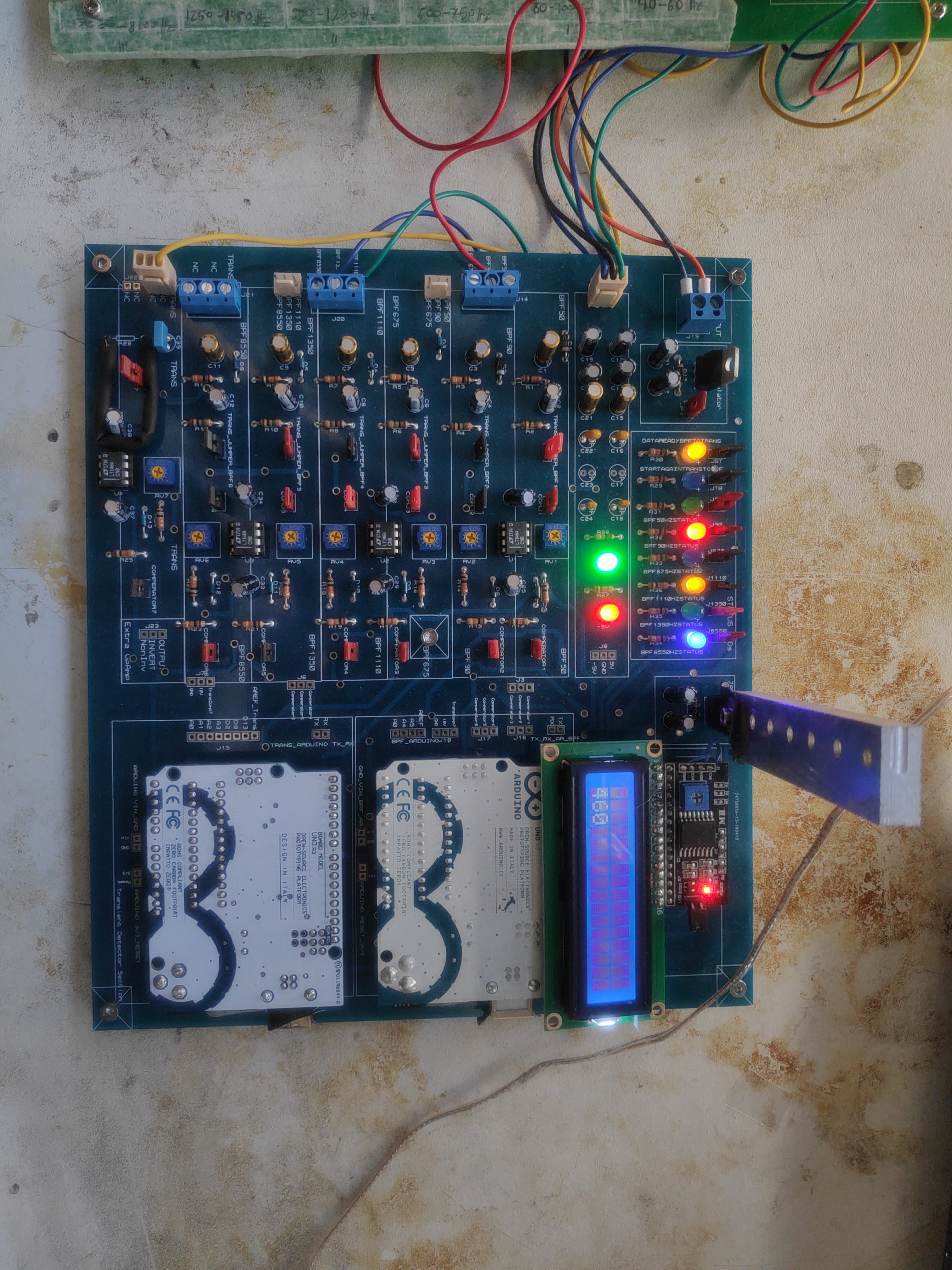
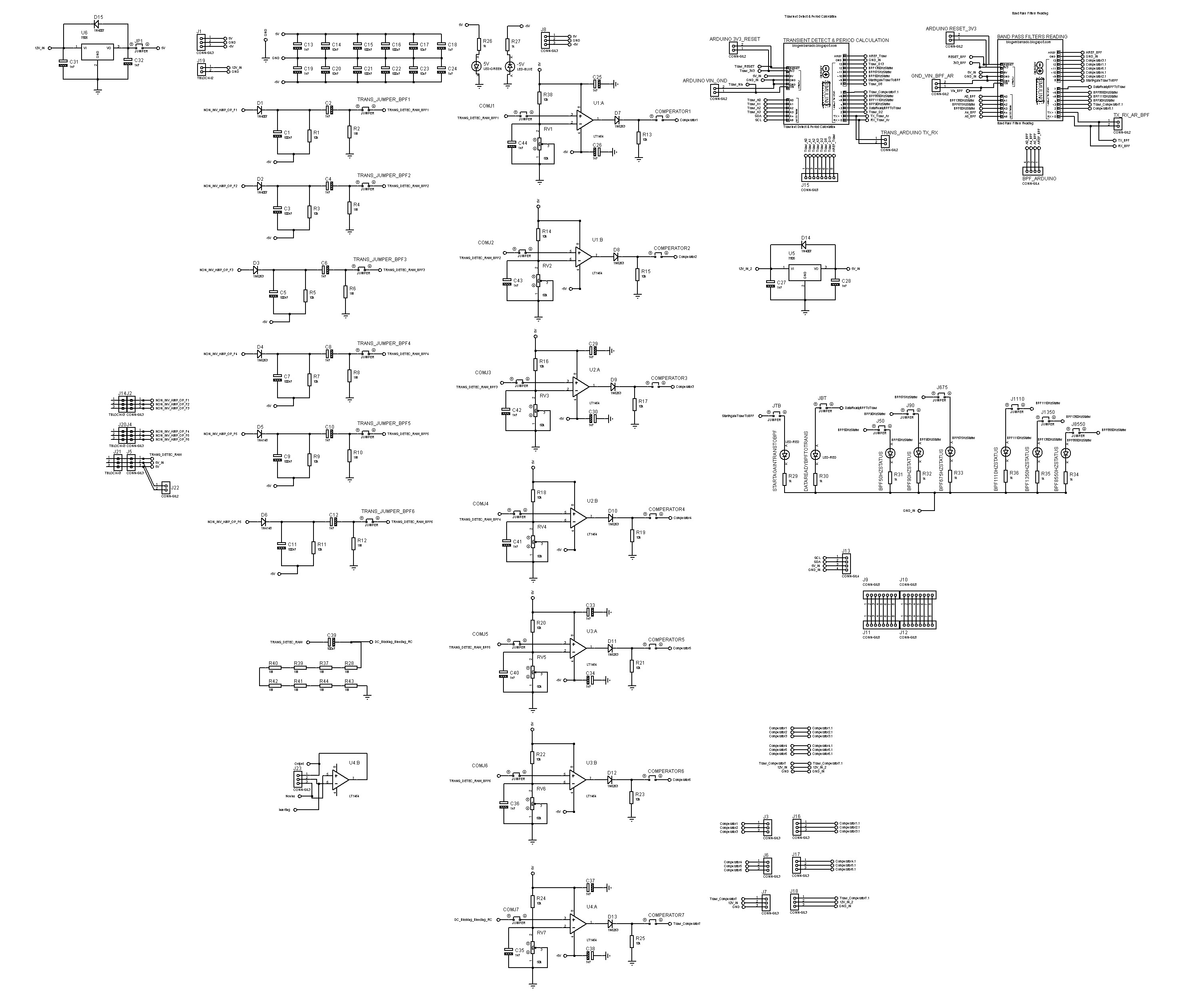



 Kevin Jablonski
Kevin Jablonski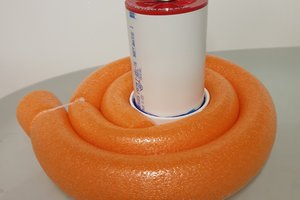
 John Opsahl
John Opsahl
 Brett Walker
Brett Walker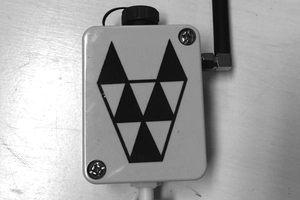
Thanks, first and foremost, for bringing attention to the threat presented by blast fishing. Good luck!